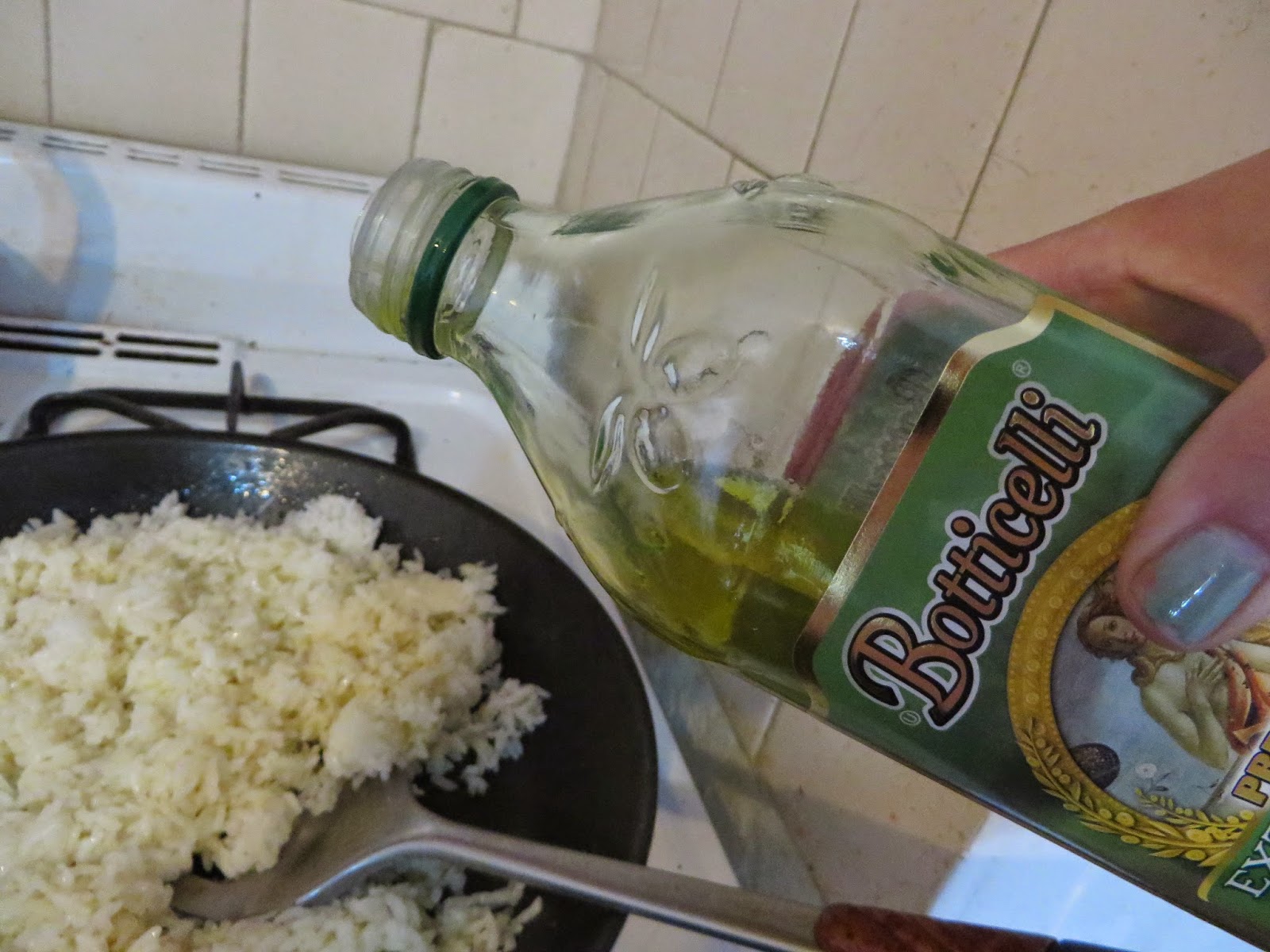
Trust us: tempura-ing is easier than it looks. All you need is one egg white, ice water, and some wheat flour (you can find it in any Asian market), and a shit ton of oil. Pick up a bunch of stuff to dip in the batter and you're all set. Here are some tips to doing it yourself:
1)Do it outdoors if possible.
Anyone who's ever lived in a typical NYC-sized studio or one bedroom knows that frying ANYTHING inside will have long-lasting consequences. Unless you want the contents of your closet to smell like french fries for two weeks, don't do it.
2)Don't use too much water.
A little goes a long way, so if there are tiny bubbles in your batter you need to add more powder. And don't mix too much; the consistency needn't be perfectly even.
3)Use a deep fryer if possible.
If not no biggie; a hot plate with a deep pan filled with oil (canola,vegetable, or sesame are acceptable options) will work fine.
4)Be adventurous.
 The truth is, you can tempura just about anything: shrimp, chicken, mushrooms, even onions. Our favorites include ika (squid), kobucha (Japanese pumpkin) and nasubi(eggplant). Don't be afraid to try different veggies, or even white fish!
The truth is, you can tempura just about anything: shrimp, chicken, mushrooms, even onions. Our favorites include ika (squid), kobucha (Japanese pumpkin) and nasubi(eggplant). Don't be afraid to try different veggies, or even white fish!5)Save your leftovers.
Otherwise mottainai! They will be fine the next day if you heat them up a little bit in a toaster oven or on the the stovetop. Throw them over a big bowl of rice and pour on some tempura sauce and you've got yourself some tendon (tempura donburi).







 Salmon...
Salmon...







.jpg)






